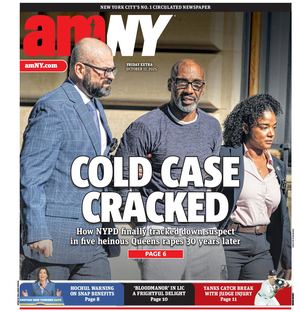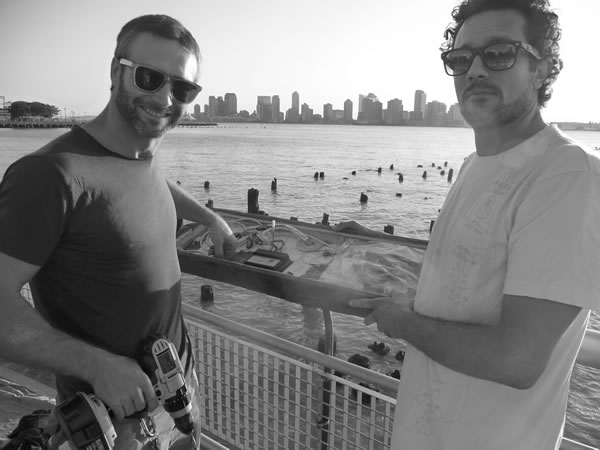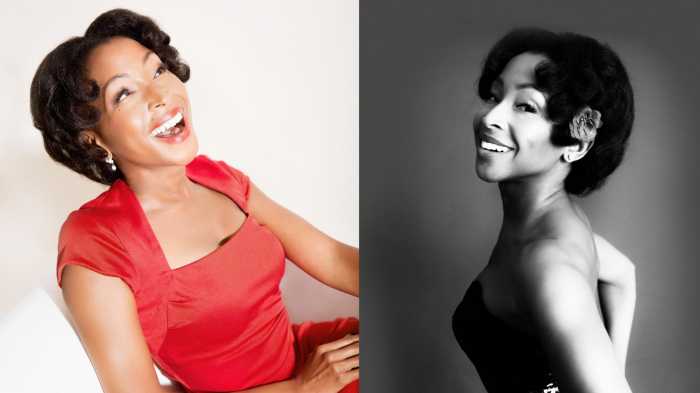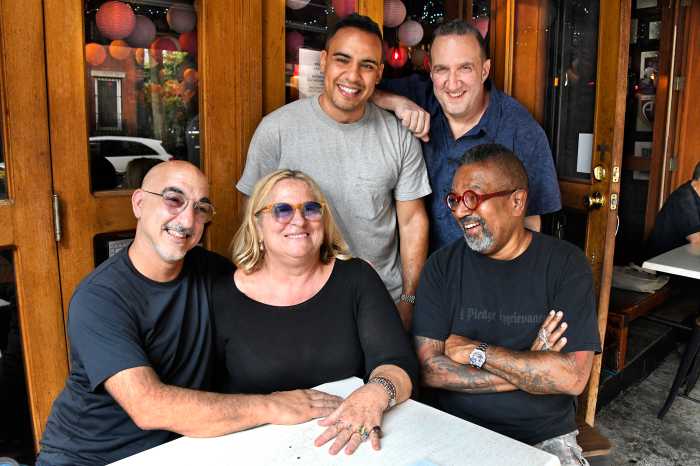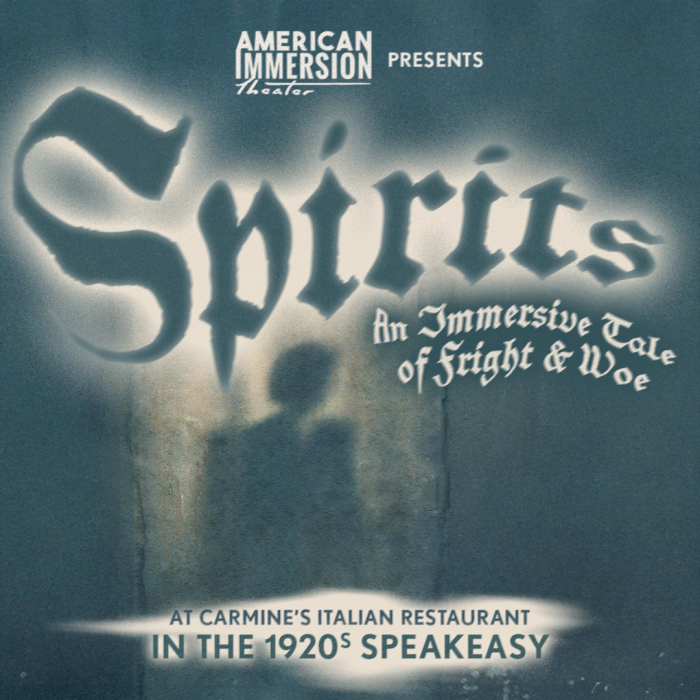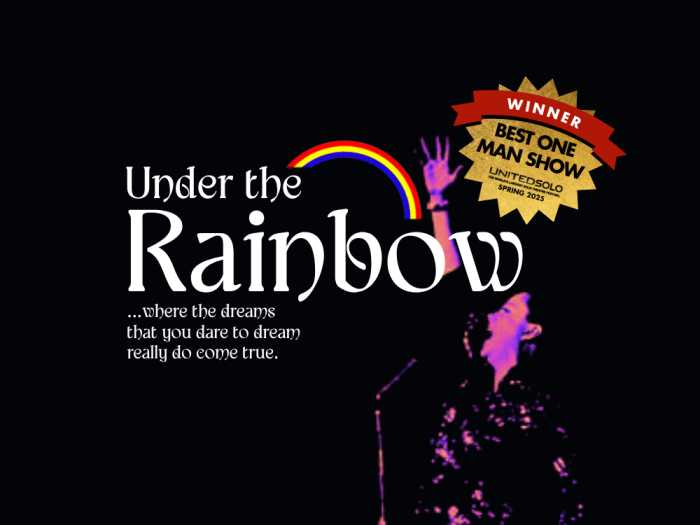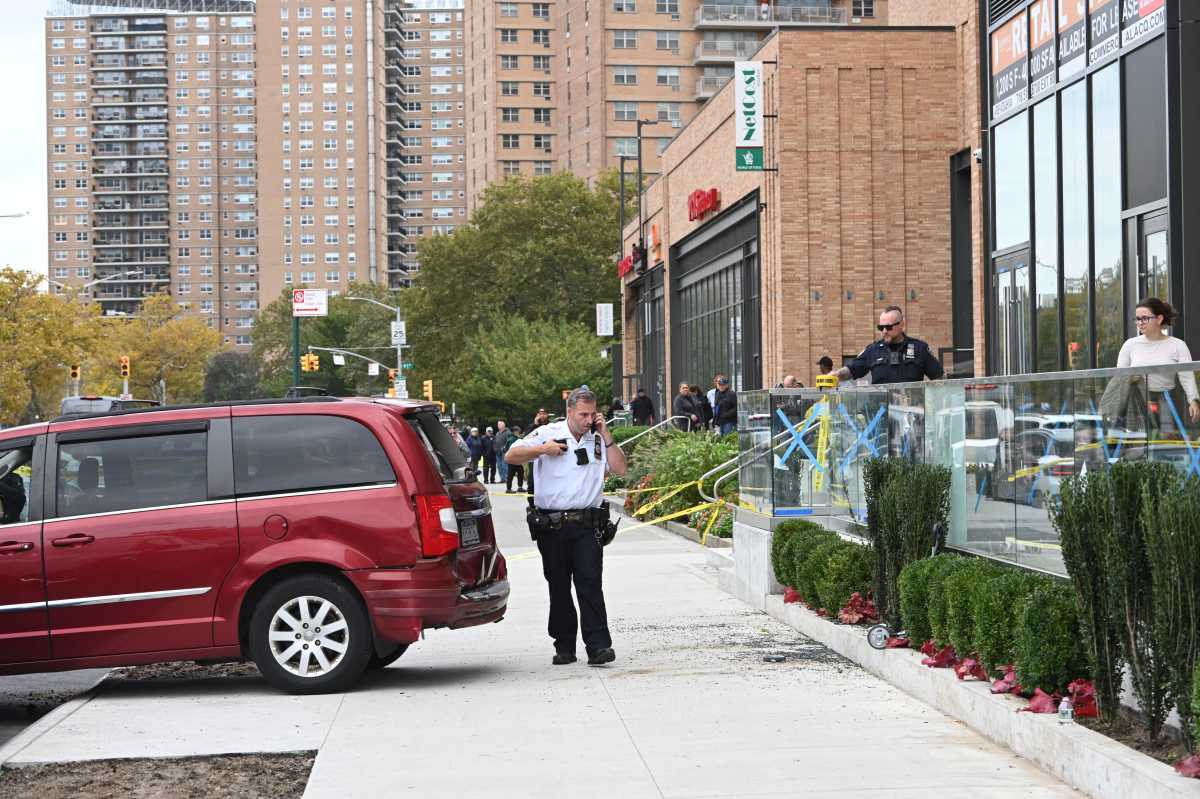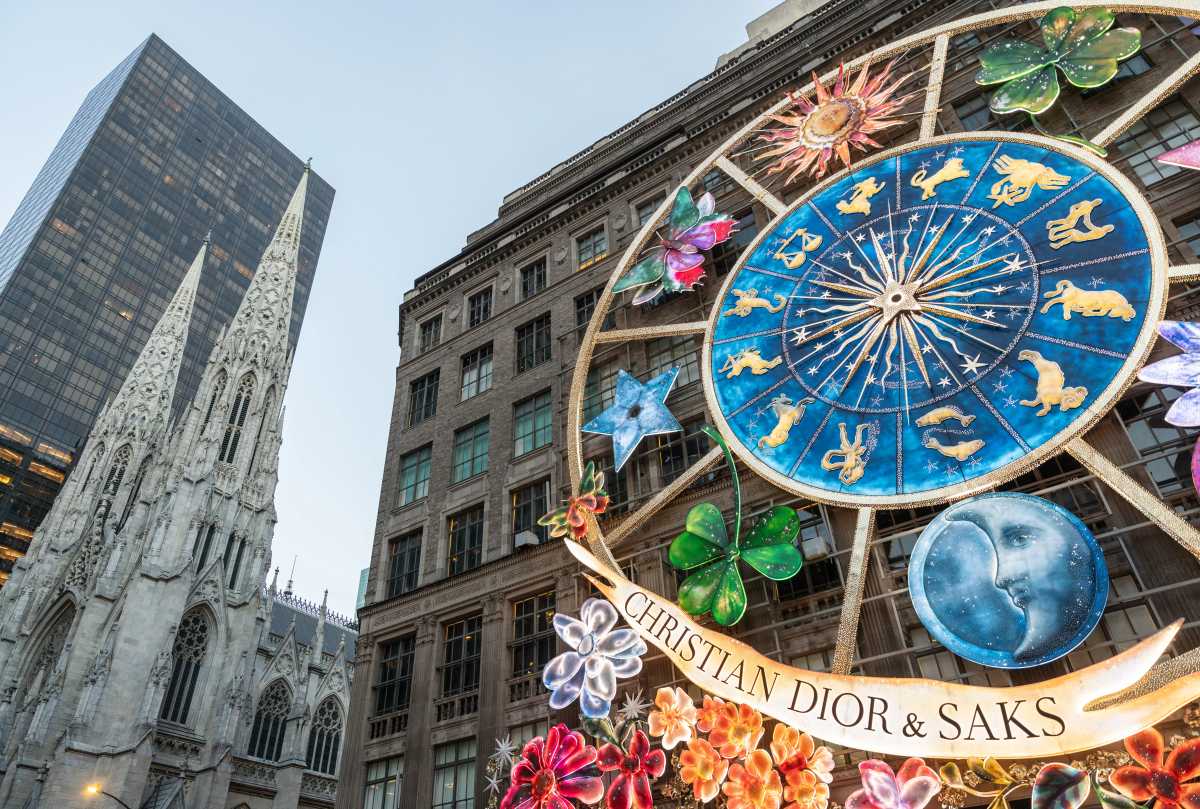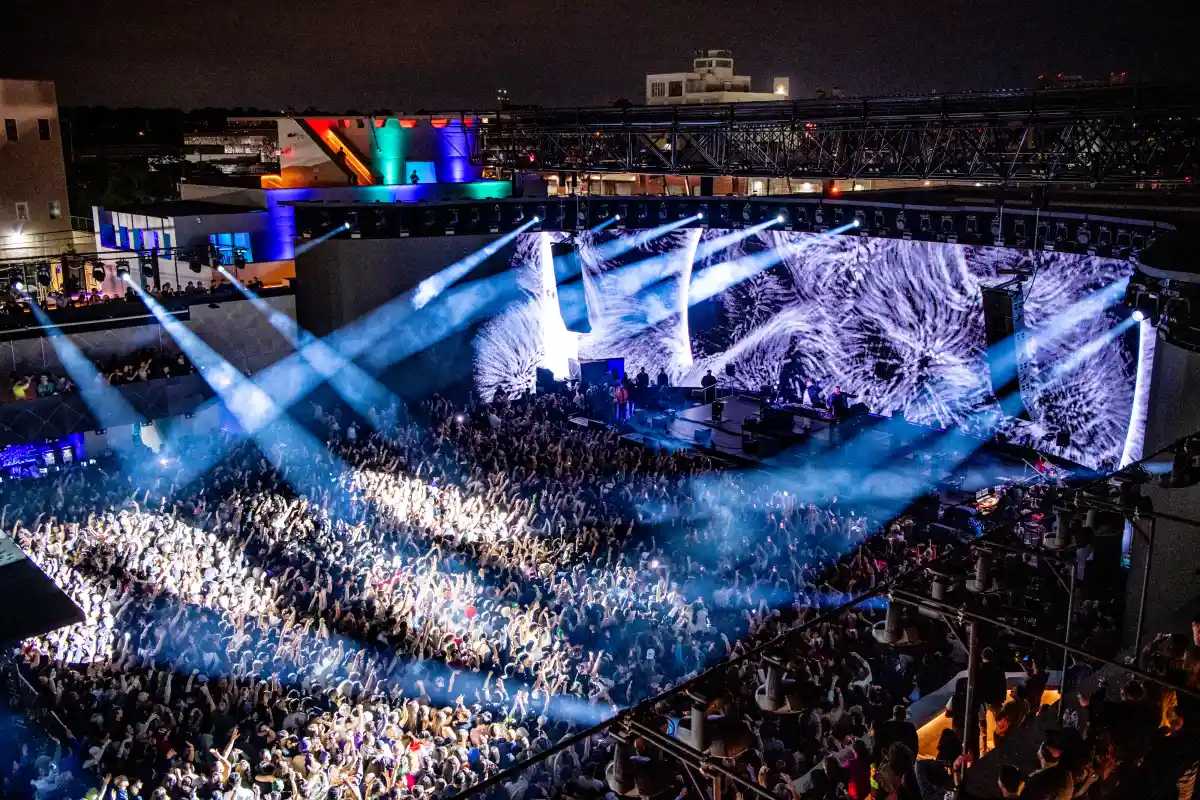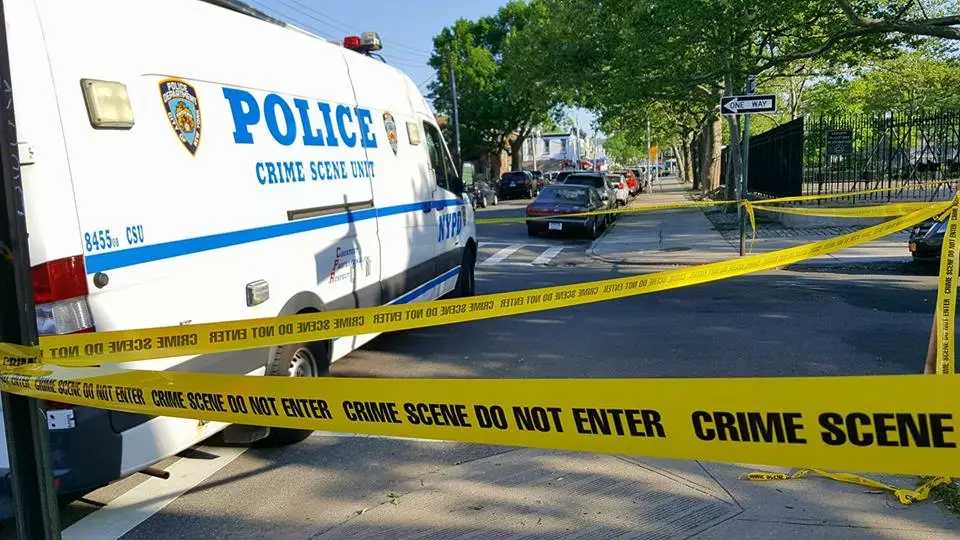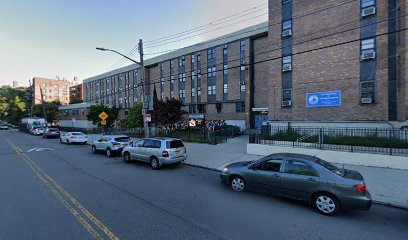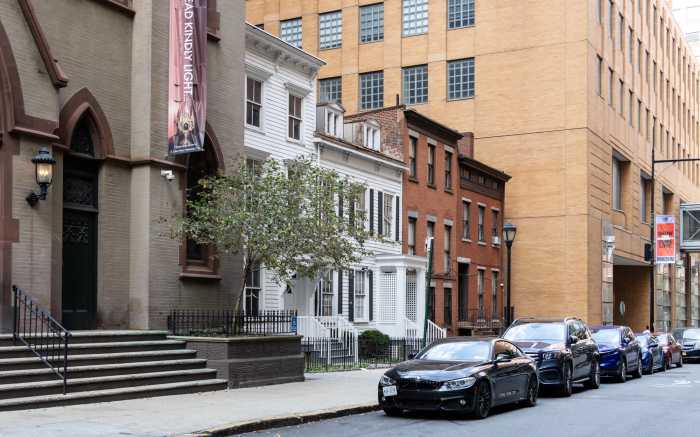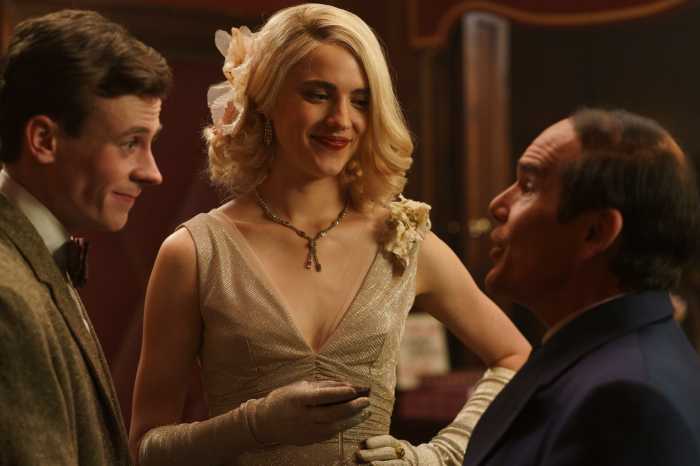By Elbert Chu
When Jon Morris looked up after arriving in New York from Kentucky four years ago, he could not see stars. He felt disconnected from the rhythms of nature. So Morris decided to make his own stars in the Hudson River and share them with New Yorkers.
On the decaying wooden stumps of Pier 49, off Bank St., 150 solar-powered LEDs shine in white and blue, perched inches above the water. “Reflect the Stars” is an interactive public art project conceived by Morris, creative director for Windmill Factory, which organizes art events with corporations and nonprofits to bring attention to social and environmental issues.
“We want to shift urban landscapes to raise questions about how we live through interactive art,” said Morris. “It’s like living in a room with a six-foot ceiling,” he said, waving his arms dramatically toward the sky.”
The simple idea, intended as a commentary against so-called light pollution, was fraught with technical challenges. Morris, the artist, enlisted his friend, Adam Berenzweig, the Google programmer. “I’m accustomed to working with huge computing clusters with thousands of machines. The chips in the stars have less than 1k of RAM, probably less than some watches,” said Berenzweig. The whole system is wireless, so that a fish hatchery around the old pier pilings is not disturbed.
Berenzweig said the biggest challenge was making sure the stars would shine through the night, powered by tiny solar panels. A wireless radio communicates with the LEDs to turn them on or off. “I played lots of tricks to spare energy, like only turning on the radio once every few seconds and putting the microprocessor into various levels of sleep modes,” he said.
Morris’ original budget was $171,000, but he could only raise $23,000. Some came from 50 “star buyers,” who donated $100 each to dedicate stars on the Reflect the Stars website. “It’s a testament to how many people came together and made this truly a public art piece,” he said.
Assemblymember Linda Rosenthal, who has pushed for new and replacement city lampposts to have fully shield bulbs so light is directed down and not diffused, is a fan of the installation. “It’s sad,” she said. “My nephews don’t know what it means to look up in the sky and wish upon a star.”
But Arnold Wechsler, a painter and 30-year resident at Westbeth said, “I don’t miss the stars at all.” Looking down at Reflecting the Stars from the roof of Westbeth, Wechsler said, “They look like stars, but I think there should be more lights.”
The original installation included 160 lights, but Hurricane Irene washed out 10 LEDs. The launch event was delayed one day so Morris, Berenzweig and others could jump into the Hudson to make repairs.
After sunset, visitors interact with the installation through a wireless control panel on the Hudson River railing. Patterns that represent constellations no longer seen above New York light up with a press of a button. Morris defines success as the moment visitors stare at the watery stars.
“I want to give people a moment to step back and think about what they can’t see,” he said. “There’s a great humility as human beings to see the heavens, to see the infinite.”
The installation, Windmill Factory’s public art debut, is set to run through late October.
An associate repairing a LED light after Irene turned off the star-lit sky.
